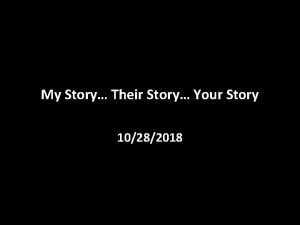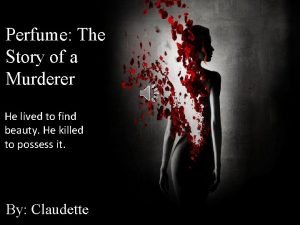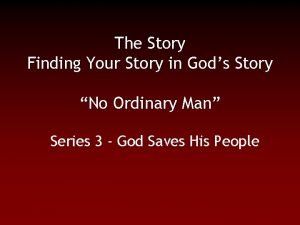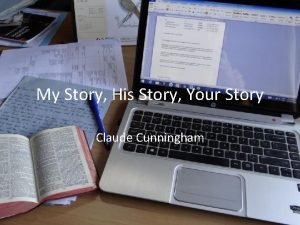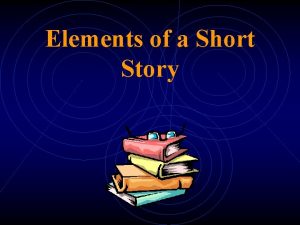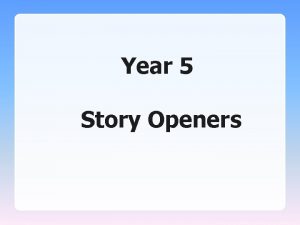Whats the story Whats the story Whats the














- Slides: 14

What’s the story?

What’s the story?

What’s the story?

How could 140 characters get you into trouble?

Arts and Media - Media bias Learning objectives: • To know and understand the difference between tabloid and broadsheet newspapers • To develop essay writing skills (using PEEL) Success criteria: • Able to compare tabloid and broadsheet newspapers • Able to identify PEEL • Use PEEL effectively in an essay

How can we access the news in 2013? What are the advantages of newspapers compared to other news sources? Extension: How does it make a difference to the type of news reported?

What do we mean by the ‘news’? �New information �Important information �Information about events reported by mass media �“Current information about the world” (Year 12 General Studies)

Newspapers are about more than news Agree Disagree Extension: Why is this question difficult to answer?

June 2011: ‘Newspapers no longer deserve to be called newspapers; they are more like magazines. ’ How far do you agree that newspapers no longer contain news? You might consider: �what we mean by ‘news’ �the place of newspapers in a multimedia society �the balance between fact and opinion (30 marks)

June 2011: ‘Newspapers no longer deserve to be called newspapers; they are more like magazines. ’ How far do you agree that newspapers no longer contain news? POINT - Quality broadsheet newspapers have a higher ratio of news-toviews columns than popular tabloid papers. EXAMPLE – For example, when you read the ‘Independent’ newspaper and compare it to ‘The Star’ newspaper the number of news stories is obvious. EXPLANATION - A story about the education system in the UK in the ‘Independent’ newspaper is factual. This news paper provides the reader with graphs to compare the quality of the education systems across different. Whereas a story in the 'The Star' newspaper about ‘Scroungers’ in Britain’s society. This story is controversial and some might consider it not be news at all as it is told in a ‘gossip’ format. LINK - This shows that some newspapers are more like magazines because of the way in which they tell the story, whereas other newspapers are informative.


Key thoughts. . �To what extent are newspapers about more than 'news'? �To what extent is it the responsibility of the press to be opposed to authority? �To what extent do we expect the BBC to be objective? �To what extent do the BBC and independent broadcasting companies have quite different roles?

“Impartiality and objectivity are the essence of professionalism in broadcasting” Sir John Reith (Director General of the BBC in 1927)

To what extent should news reports be objective? �Some newspapers have affiliations to political parties �Some news reports on the internet are written by freelance journalists who have their own opinion �Some BBC news reports have been accused of being too ‘London focussed’ �Some media sources are sponsored by companies that have political affiliations or agendas
 Hình ảnh bộ gõ cơ thể búng tay
Hình ảnh bộ gõ cơ thể búng tay Bổ thể
Bổ thể Tỉ lệ cơ thể trẻ em
Tỉ lệ cơ thể trẻ em Gấu đi như thế nào
Gấu đi như thế nào Tư thế worm breton là gì
Tư thế worm breton là gì Hát lên người ơi alleluia
Hát lên người ơi alleluia Môn thể thao bắt đầu bằng chữ f
Môn thể thao bắt đầu bằng chữ f Thế nào là hệ số cao nhất
Thế nào là hệ số cao nhất Các châu lục và đại dương trên thế giới
Các châu lục và đại dương trên thế giới Cong thức tính động năng
Cong thức tính động năng Trời xanh đây là của chúng ta thể thơ
Trời xanh đây là của chúng ta thể thơ Mật thư anh em như thể tay chân
Mật thư anh em như thể tay chân Phép trừ bù
Phép trừ bù độ dài liên kết
độ dài liên kết

















